Travelers 2014 Annual Report Download - page 141
Download and view the complete annual report
Please find page 141 of the 2014 Travelers annual report below. You can navigate through the pages in the report by either clicking on the pages listed below, or by using the keyword search tool below to find specific information within the annual report.-
 1
1 -
 2
2 -
 3
3 -
 4
4 -
 5
5 -
 6
6 -
 7
7 -
 8
8 -
 9
9 -
 10
10 -
 11
11 -
 12
12 -
 13
13 -
 14
14 -
 15
15 -
 16
16 -
 17
17 -
 18
18 -
 19
19 -
 20
20 -
 21
21 -
 22
22 -
 23
23 -
 24
24 -
 25
25 -
 26
26 -
 27
27 -
 28
28 -
 29
29 -
 30
30 -
 31
31 -
 32
32 -
 33
33 -
 34
34 -
 35
35 -
 36
36 -
 37
37 -
 38
38 -
 39
39 -
 40
40 -
 41
41 -
 42
42 -
 43
43 -
 44
44 -
 45
45 -
 46
46 -
 47
47 -
 48
48 -
 49
49 -
 50
50 -
 51
51 -
 52
52 -
 53
53 -
 54
54 -
 55
55 -
 56
56 -
 57
57 -
 58
58 -
 59
59 -
 60
60 -
 61
61 -
 62
62 -
 63
63 -
 64
64 -
 65
65 -
 66
66 -
 67
67 -
 68
68 -
 69
69 -
 70
70 -
 71
71 -
 72
72 -
 73
73 -
 74
74 -
 75
75 -
 76
76 -
 77
77 -
 78
78 -
 79
79 -
 80
80 -
 81
81 -
 82
82 -
 83
83 -
 84
84 -
 85
85 -
 86
86 -
 87
87 -
 88
88 -
 89
89 -
 90
90 -
 91
91 -
 92
92 -
 93
93 -
 94
94 -
 95
95 -
 96
96 -
 97
97 -
 98
98 -
 99
99 -
 100
100 -
 101
101 -
 102
102 -
 103
103 -
 104
104 -
 105
105 -
 106
106 -
 107
107 -
 108
108 -
 109
109 -
 110
110 -
 111
111 -
 112
112 -
 113
113 -
 114
114 -
 115
115 -
 116
116 -
 117
117 -
 118
118 -
 119
119 -
 120
120 -
 121
121 -
 122
122 -
 123
123 -
 124
124 -
 125
125 -
 126
126 -
 127
127 -
 128
128 -
 129
129 -
 130
130 -
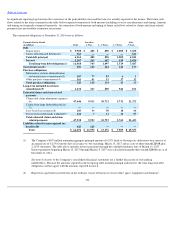 131
131 -
 132
132 -
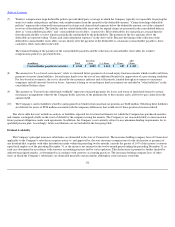 133
133 -
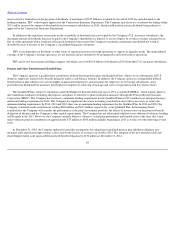 134
134 -
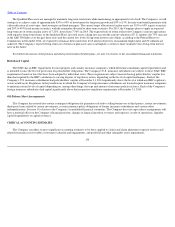 135
135 -
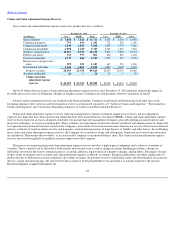 136
136 -
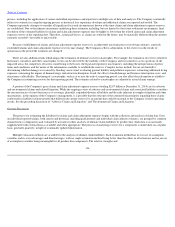 137
137 -
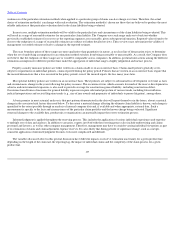 138
138 -
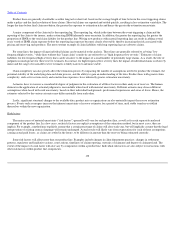 139
139 -
 140
140 -
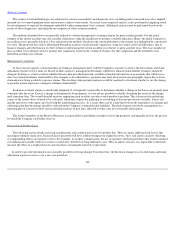 141
141 -
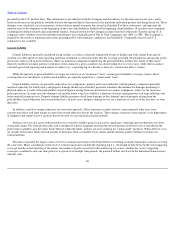 142
142 -
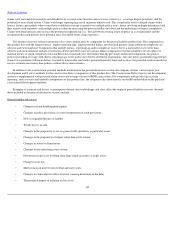 143
143 -
 144
144 -
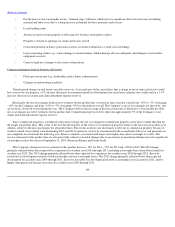 145
145 -
 146
146 -
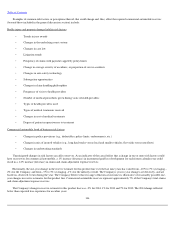 147
147 -
 148
148 -
 149
149 -
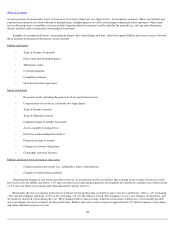 150
150 -
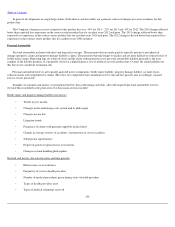 151
151 -
 152
152 -
 153
153 -
 154
154 -
 155
155 -
 156
156 -
 157
157 -
 158
158 -
 159
159 -
 160
160 -
 161
161 -
 162
162 -
 163
163 -
 164
164 -
 165
165 -
 166
166 -
 167
167 -
 168
168 -
 169
169 -
 170
170 -
 171
171 -
 172
172 -
 173
173 -
 174
174 -
 175
175 -
 176
176 -
 177
177 -
 178
178 -
 179
179 -
 180
180 -
 181
181 -
 182
182 -
 183
183 -
 184
184 -
 185
185 -
 186
186 -
 187
187 -
 188
188 -
 189
189 -
 190
190 -
 191
191 -
 192
192 -
 193
193 -
 194
194 -
 195
195 -
 196
196 -
 197
197 -
 198
198 -
 199
199 -
 200
200 -
 201
201 -
 202
202 -
 203
203 -
 204
204 -
 205
205 -
 206
206 -
 207
207 -
 208
208 -
 209
209 -
 210
210 -
 211
211 -
 212
212 -
 213
213 -
 214
214 -
 215
215 -
 216
216 -
 217
217 -
 218
218 -
 219
219 -
 220
220 -
 221
221 -
 222
222 -
 223
223 -
 224
224 -
 225
225 -
 226
226 -
 227
227 -
 228
228 -
 229
229 -
 230
230 -
 231
231 -
 232
232 -
 233
233 -
 234
234 -
 235
235 -
 236
236 -
 237
237 -
 238
238 -
 239
239 -
 240
240 -
 241
241 -
 242
242 -
 243
243 -
 244
244 -
 245
245 -
 246
246 -
 247
247 -
 248
248 -
 249
249 -
 250
250 -
 251
251 -
 252
252 -
 253
253 -
 254
254 -
 255
255 -
 256
256 -
 257
257 -
 258
258 -
 259
259 -
 260
260 -
 261
261 -
 262
262 -
 263
263 -
 264
264 -
 265
265 -
 266
266 -
 267
267 -
 268
268 -
 269
269 -
 270
270 -
 271
271 -
 272
272 -
 273
273 -
 274
274 -
 275
275 -
 276
276 -
 277
277 -
 278
278 -
 279
279 -
 280
280 -
 281
281 -
 282
282 -
 283
283 -
 284
284 -
 285
285 -
 286
286 -
 287
287 -
 288
288 -
 289
289 -
 290
290 -
 291
291 -
 292
292 -
 293
293 -
 294
294 -
 295
295 -
 296
296 -
 297
297 -
 298
298 -
 299
299 -
 300
300 -
 301
301 -
 302
302 -
 303
303 -
 304
304 -
 305
305 -
 306
306 -
 307
307 -
 308
308 -
 309
309 -
 310
310 -
 311
311 -
 312
312 -
 313
313 -
 314
314 -
 315
315 -
 316
316 -
 317
317 -
 318
318 -
 319
319 -
 320
320 -
 321
321 -
 322
322 -
 323
323 -
 324
324 -
 325
325 -
 326
326 -
 327
327 -
 328
328 -
 329
329 -
 330
330 -
 331
331 -
 332
332 -
 333
333 -
 334
334 -
 335
335 -
 336
336 -
 337
337 -
 338
338 -
 339
339 -
 340
340 -
 341
341 -
 342
342 -
 343
343 -
 344
344 -
 345
345 -
 346
346 -
 347
347 -
 348
348 -
 349
349 -
 350
350 -
 351
351 -
 352
352 -
 353
353 -
 354
354 -
 355
355 -
 356
356 -
 357
357 -
 358
358 -
 359
359 -
 360
360 -
 361
361 -
 362
362 -
 363
363 -
 364
364 -
 365
365 -
 366
366
 |
 |

Table of Contents
The results of such methodologies are subjected to various reasonability and diagnostic tests, including paid
-
to
-
incurred loss ratios, implied
incurred
-
loss
-
to
-
earned
-
premium ratios and non
-
zero claim severity trends. An actual versus expected analysis is also performed comparing actual
loss development to expected development embedded within management's best estimate. Additional analyses may be performed based on the
results of these diagnostics, including the investigation of other actuarial methods.
The methods described above are generally utilized to evaluate management's existing estimate for prior accident periods. For the initial
estimate of the current accident year, the available claim data is typically insufficient to produce a reliable indication. Hence, the initial estimate for
an accident year is generally based on a loss ratio projection method, which uses the earned premium for the current year multiplied by a projected
loss ratio. The projected loss ratio is determined through an analysis of prior periods' experience, using loss trend, rate level differences, mix of
business changes and other known or observed factors influencing the current accident year relative to prior accident years. The exact number of
prior accident years utilized varies by product line component, based on the volume of business for that component and the reliability of an
individual accident year estimate.
Management's estimates
At least once per quarter, certain members of Company management meet with the Company's actuaries to review the latest claims and claim
adjustment expense reserve analyses. Based on these analyses, management determines whether its ultimate claim liability estimates should be
changed. In doing so, it must evaluate whether the new data provided represents credible actionable information or an anomaly that will have no
effect on estimated ultimate claim liability. For example, as described above, payments may have decreased in one geographic region due to fewer
claim adjusters being available to process claims. The resulting claim payment patterns would be analyzed to determine whether or not the change
in payment pattern represents a change in ultimate claim liability.
Such an assessment requires considerable judgment. It is frequently not possible to determine whether a change in the data is an anomaly until
sometime after the event. Even if a change is determined to be permanent, it is not always possible to reliably determine the extent of the change
until sometime later. The overall detailed analyses supporting such an effort can take several months to perform. This is because the underlying
causes of the trends observed need to be evaluated, which may require the gathering or assembling of data not previously available. It may also
include interviews with experts involved with the underlying processes. As a result, there can be a time lag between the emergence of a change and
a determination that the change should be reflected in the Company's estimated claim liabilities. The final estimate selected by management in a
reporting period is based on these various detailed analyses of past data, adjusted to reflect any new actionable information.
The Audit Committee of the Board of Directors is responsible for providing oversight of reserving propriety, and annually reviews the process
by which the Company establishes reserves.
Discussion of Product Lines
The following section details reserving considerations and common risk factors by product line. There are many additional risk factors that
may impact ultimate claim costs. Each risk factor presented will have a different impact on required reserves. Also, risk factors can have offsetting
or compounding effects on required reserves. For example, in workers' compensation, the use of expensive medical procedures that result in medical
cost inflation may enable workers to return to work faster, thereby lowering indemnity costs. Thus, in almost all cases, it is impossible to discretely
measure the effect of a single risk factor and construct a meaningful sensitivity expectation.
In
order to provide information on reasonably possible reserving changes by product line, the historical changes in year
-
end claims and claim
adjustment expense reserves over a one
-
year period are
140
